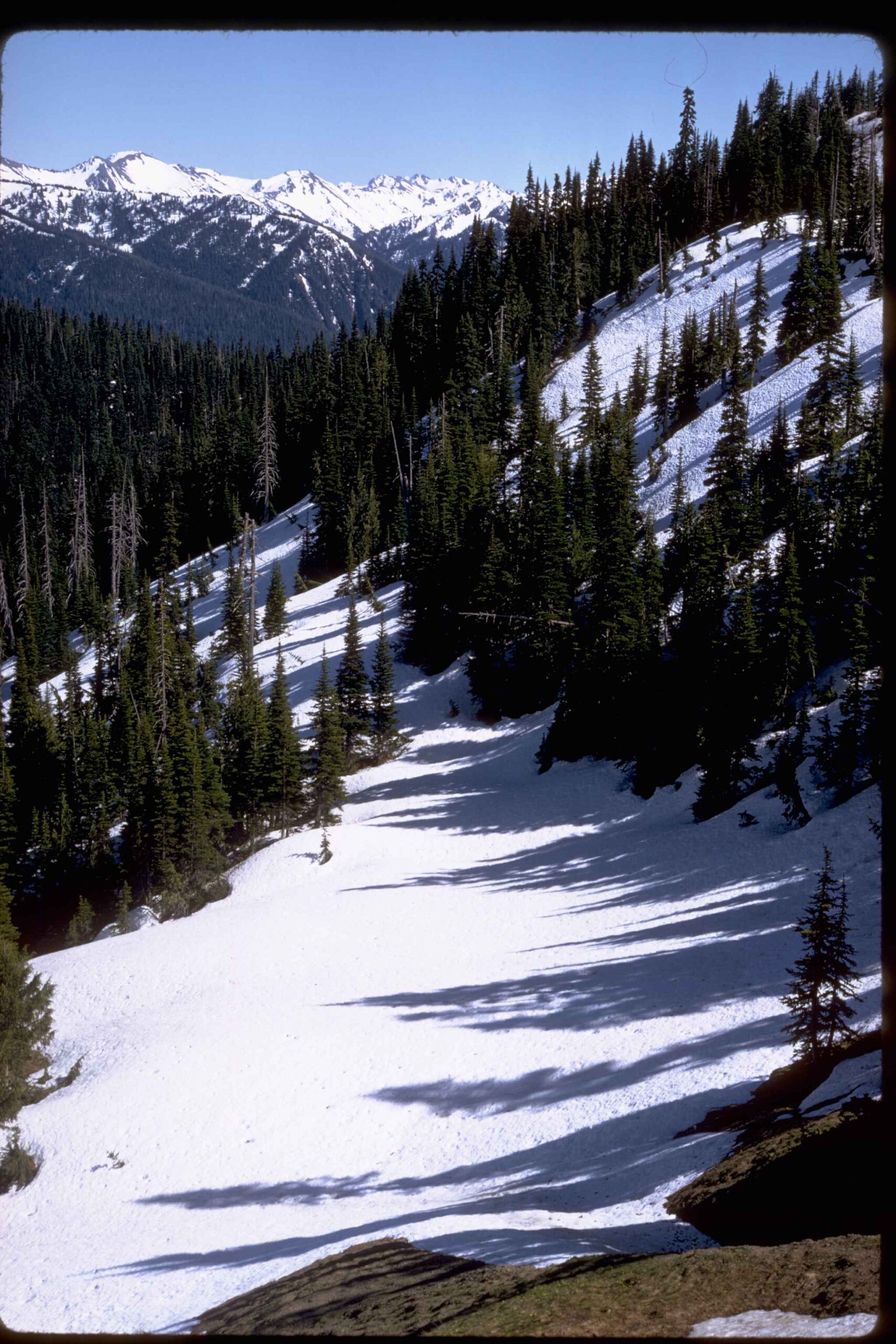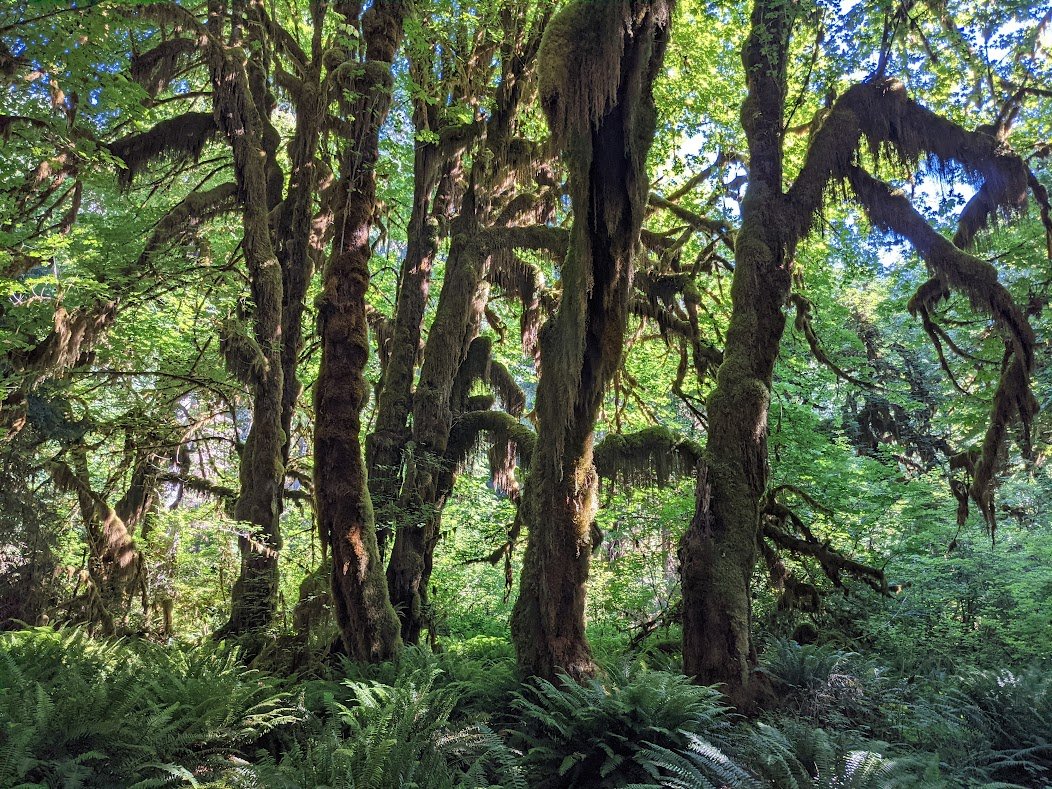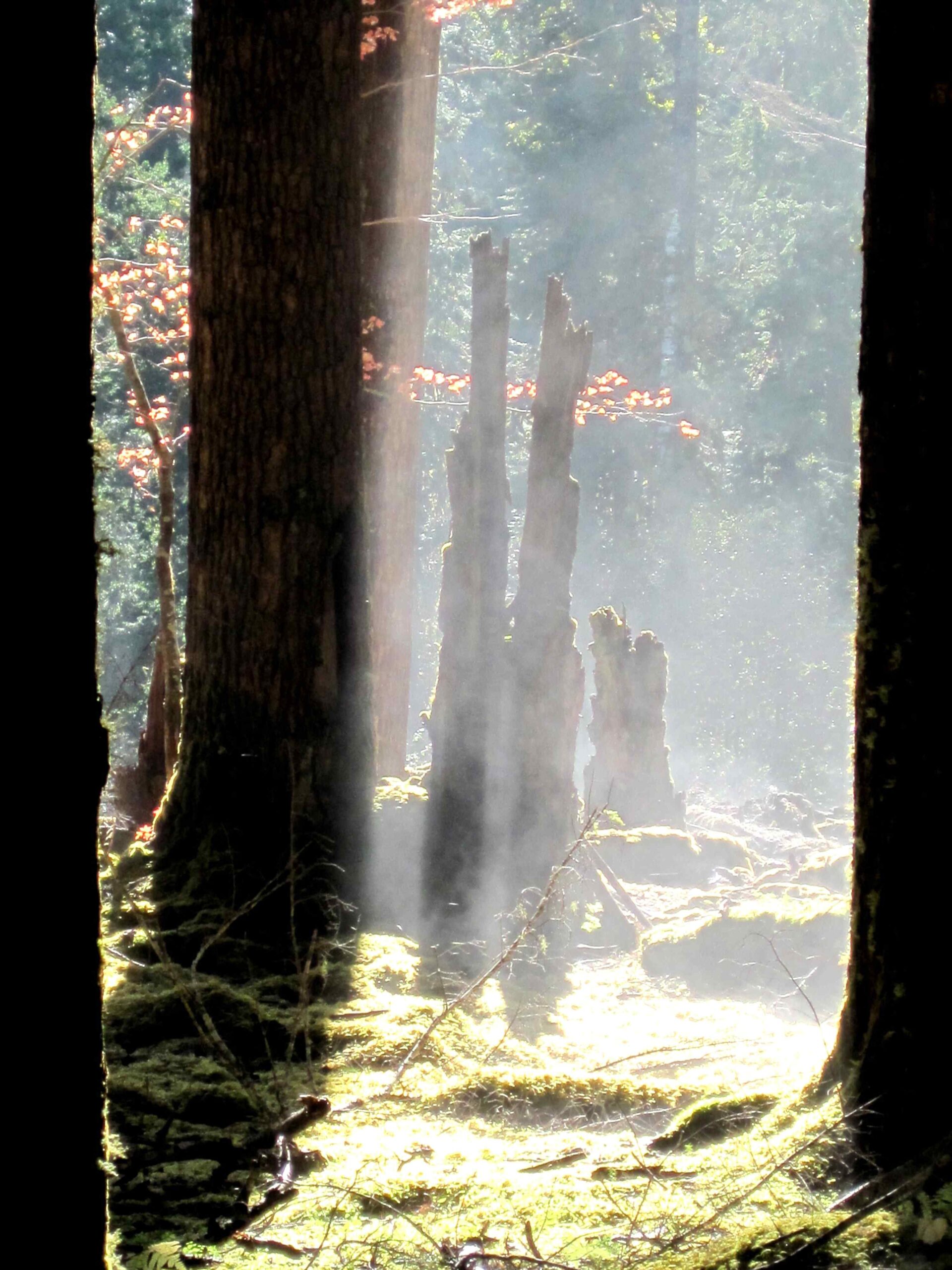The hike to Boulder Lake in Olympic National Park is a demanding 28.3-mile round trip journey with an elevation gain of 8,800 feet. This trail offers a challenging adventure through diverse landscapes, from lush forests to alpine meadows. The trek requires careful planning due to its length, elevation gain, and potential weather conditions. Despite the challenges, hikers are rewarded with stunning views of the Olympic Mountains and the serene beauty of Boulder Lake.
What Are the Current Trail Conditions for Boulder Lake?

As of the latest updates, the Boulder Lake trail in Olympic National Park presents several challenges:
- The road to the trailhead is washed out, requiring hikers to start from the Madison Falls trailhead and trek along the entire length of Olympic Hot Springs Road.
- Patchy snow begins around 3,800 feet elevation, becoming more significant as you ascend.
- Above 4,000 feet, the trail can be completely snow-covered, especially during winter months.
These conditions add to the difficulty of the hike and require proper preparation and equipment.
How Long Is the Hike to Boulder Lake?

The hike to Boulder Lake is a substantial journey:
- Total distance: 28.3 miles round trip
- Breakdown of the hike:
- 8 miles on the washed-out road from Madison Falls trailhead
- 3.3 miles to the intersection with Appleton Pass Trail
- 2.8 miles ascent to Boulder Lake
Given the distance and elevation gain, this hike typically requires at least two days to complete. Hikers should plan for an overnight stay and carry appropriate camping gear.
What Is the Difficulty Level of the Boulder Lake Trail?
The Boulder Lake trail is classified as moderate to challenging due to several factors:
- Significant elevation gain (8,800 feet)
- Long distance (28.3 miles round trip)
- Potential weather and trail conditions
While the trail is well-engineered, the substantial ascent can be physically demanding. Hikers should be in good physical condition and prepared for a strenuous adventure.
When Is the Best Time to Hike to Boulder Lake?
The optimal time for hiking to Boulder Lake depends on various factors:
| Season | Pros | Cons |
|---|---|---|
| Late Summer | – Stable weather – Less snow on trail |
– Drier conditions – Reduced water sources |
| Early Fall | – Cooler temperatures – Fall colors |
– Potential early snow |
| Spring | – Fewer crowds – Wildflowers |
– Lingering snow – Unpredictable weather |
Late summer to early fall generally offers the best conditions, with more stable weather and less snow on the trail. However, hikers should be aware that late summer can mean drier conditions and reduced water sources along the route.
What Should I Pack for the Boulder Lake Hike?
Given the length and difficulty of the hike, proper packing is crucial. Here’s a list of essential items:
- Backpack (50-65 liters)
- Tent and sleeping bag
- Water filtration system
- High-energy, lightweight food
- First aid kit
- Navigation tools (map, compass, GPS)
- Warm layers and rain gear
- Sturdy hiking boots
- Trekking poles
- Headlamp or flashlight
- Sun protection (hat, sunscreen, sunglasses)
- Emergency shelter and fire-starting materials
Remember to pack according to the season and check the latest weather forecast before your trip.
How Can I Prepare for the Elevation Gain?
The significant elevation gain of 8,800 feet requires proper preparation:
- Train with shorter hikes that involve elevation gain
- Incorporate cardio and strength training into your fitness routine
- Practice hiking with a loaded backpack
- Stay hydrated and eat energy-rich foods during the hike
- Take frequent breaks and maintain a steady pace
- Consider using trekking poles to distribute the workload
- Be aware of altitude sickness symptoms and descend if necessary
Proper preparation will make the challenging ascent more manageable and enjoyable.
What Are the Highlights of the Boulder Lake Trail?
Despite its challenges, the Boulder Lake trail offers numerous highlights:
- Diverse ecosystems from temperate rainforest to alpine meadows
- Panoramic views of the Olympic Mountains
- Opportunity to see diverse wildlife, including deer, marmots, and various bird species
- Beautiful wildflower displays in late spring and early summer
- The serene and picturesque Boulder Lake at the trail’s end
- Potential for stargazing and night photography at the lake
These natural wonders make the strenuous journey worthwhile for many hikers.
How Can I Practice Leave No Trace Principles on This Hike?
Preserving the natural beauty of Olympic National Park is crucial. Here are ways to practice Leave No Trace principles:
- Plan ahead and prepare to minimize campfire impacts
- Travel and camp on durable surfaces
- Dispose of waste properly (pack it in, pack it out)
- Leave what you find (no collecting plants, rocks, or artifacts)
- Minimize campfire impacts (use a camp stove instead when possible)
- Respect wildlife (observe from a distance, do not feed animals)
- Be considerate of other visitors (yield to other hikers, keep noise levels down)
By following these principles, you help preserve the trail for future hikers and protect the park’s ecosystem.
Remember, the hike to Boulder Lake in Olympic National Park is a challenging but rewarding adventure. Proper preparation, respect for the environment, and a spirit of adventure will ensure a memorable experience in one of America’s most beautiful national parks.
References:
1. Washington Trails Association – Boulder Lake (Olympics)
2. Hiking Project – Boulder Lake Trail
3. National Park Service – Olympic National Park Alerts & Conditions

